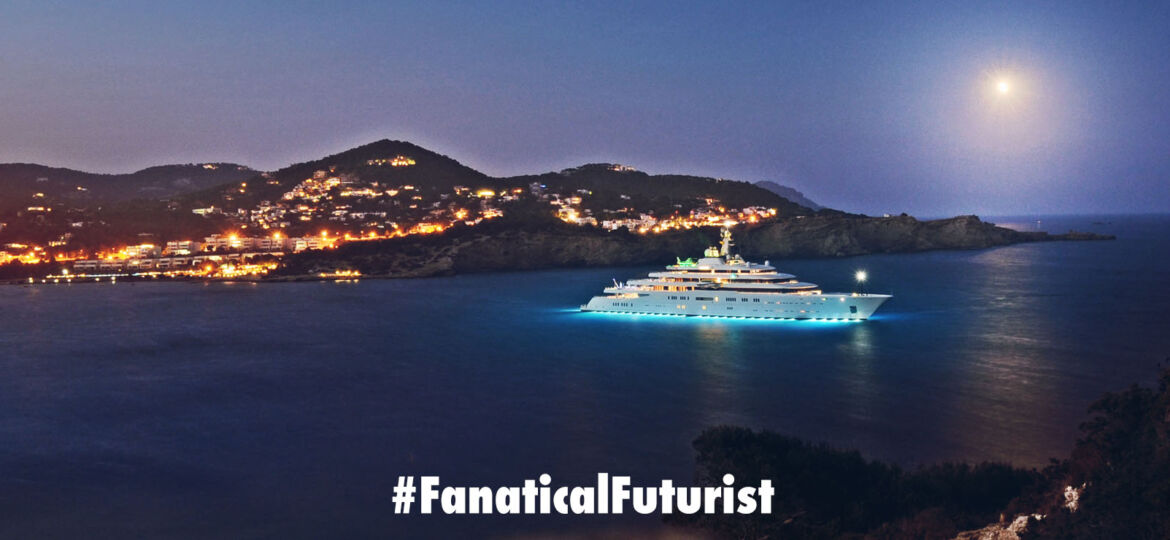
WHY THIS MATTERS IN BRIEF
Hydrogen packs ten times the energy of traditional LiON batteries and is a clean, green fuel, but its commercialisation has so far been alot slower than competing energy alternatives.
 Love the Exponential Future? Join our XPotential Community, future proof yourself with courses from XPotential University, connect, watch a keynote, or browse my blog.
Love the Exponential Future? Join our XPotential Community, future proof yourself with courses from XPotential University, connect, watch a keynote, or browse my blog.
Hydrogen might finally be coming of age after more and more companies unveil their latest hydrogen powered creations which include everything from commercial airliners, flying taxis, and ocean going drones, right through to more common-a-garden hydrogen powered semi-trucks and supercars, all of which, asides from being powered by hydrogen, have one two other things in common – world beating ranges with zero emissions. Now, as I predicted a while ago during my Future of Superyacht Design keynote at Chelsea Harbour in London, the world’s first hydrogen powered superyacht has broken cover too – although reports that it has already been bought by billionaire Bill Gates are apparently untrue.
Designed by Dutch company Sinot, the $644 million “Aqua” superyacht is a 376 foot (112 meter) monster that runs entirely on liquid hydrogen stored at extremely low temperatures in two 28 ton vacuum-isolated tanks. A spiral staircase in the center of the ship leads to the bottom deck where these two monoliths sit behind strengthened glass, keeping the hydrogen stable at a cool -253°C (-423.4°F).
See the promo reel
The five deck superyacht can accommodate 14 guests and 31 crew members, and has a world beating range for a superyacht of over 3,750 nautical miles (4,315 mi, 6,945 km) with a jaunty top speed of 17 knots (20 mph, 31 km/h).
The ship converts the liquified hydrogen into electrical energy using Proton Exchange Membrane (PEM) fuel cells, with water being the only by product, and the tanks split off power at up to 4 MW, powering two 1 MW electric propulsion motors and two 300-kW bow thrusters for superior manoeuvring. Meanwhile, a 1.5 MWh battery pack acts as a buffer, providing instant access to power and running the ship’s electrical systems.
Courtesy: Sinot
The ship also, naturally, has a huge indoor health and wellness center featuring a gym, a hydro-massage room, and a yoga studio, and several luxurious indoor-outdoor entertaining spaces with a formal dining area that seats 14.
At the front of the yacht, a “Bow observatory” then accommodates two people who can enjoy views of the horizon through giant windows, and other design features include Japanese influenced interiors, an optional helipad, where a hydrogen powered EVTOL, like the one I mentioned above, can drop off guests, and a mini-waterfall that cascades down from the deck pool over stone steps. All of which is then complimented by an exterior inspired by ocean swells where all the ships liquid hydrogen, which eventually turns into pure water, ends up.

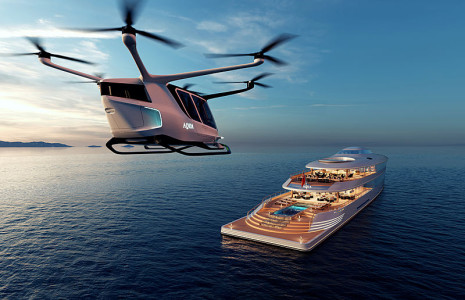
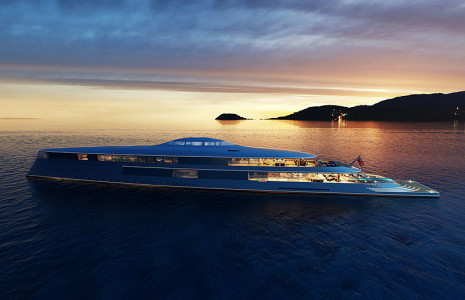
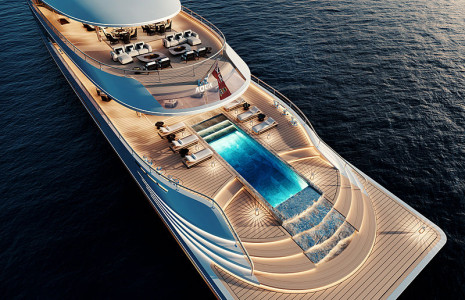
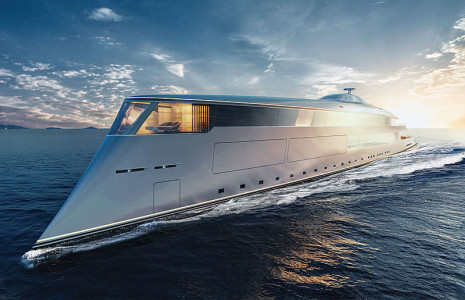
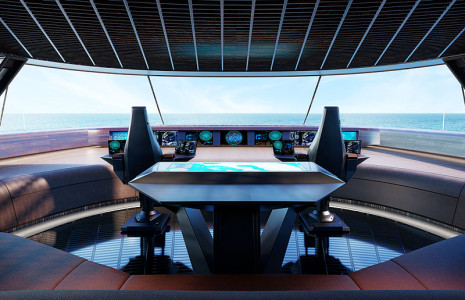
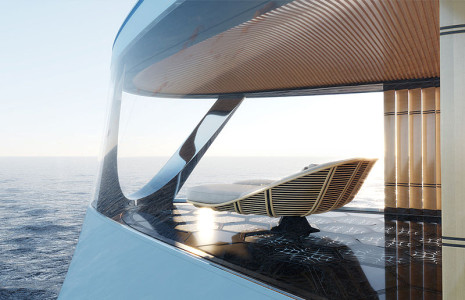
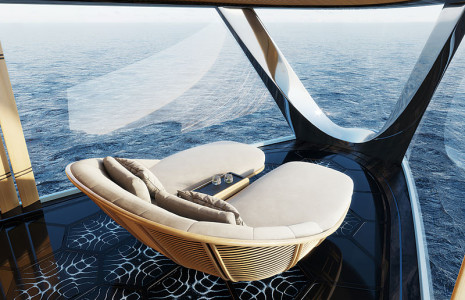
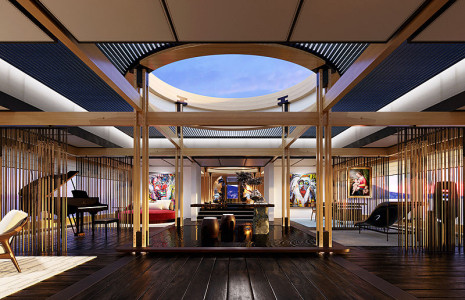

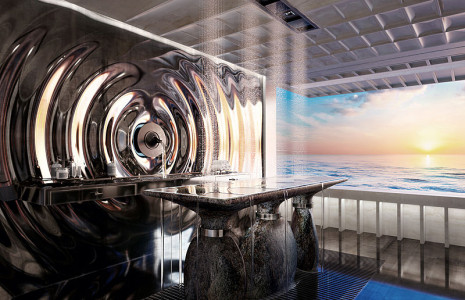
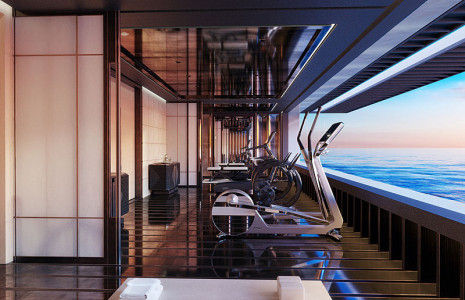
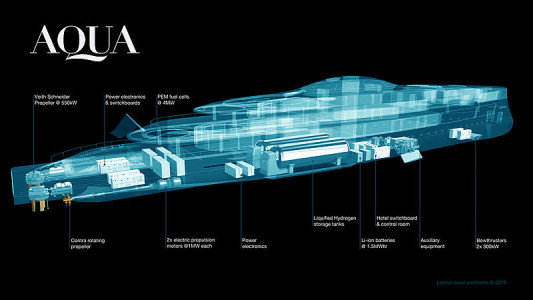
















[…] generation hypersonic aircraft, can use it, and unlike hydrogen it doesn’t have to be stored in high-pressure tanks or cryogenic dewars like the ones in the latest superyachts. Plus, it has 10 times the energy […]